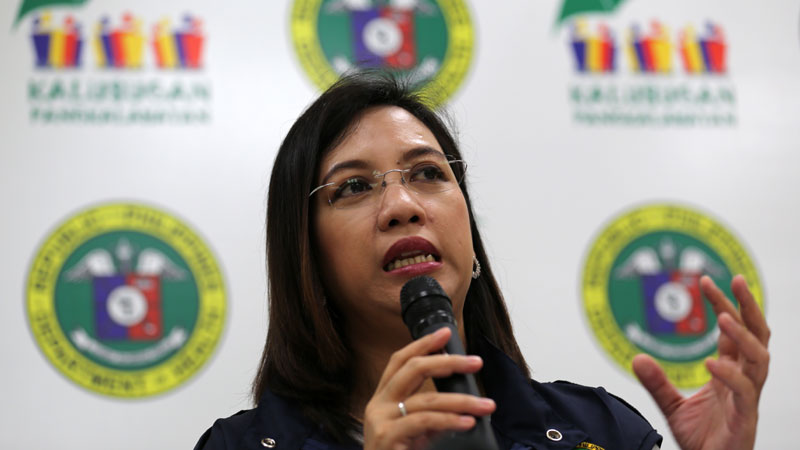THE PHILIPPINE government has committed to the United Nations to end the human immunodeficiency virus (HIV) epidemic in the country by 2030 as it continues to improve mechanisms that would allow easier access of most-at-risk populations to testing, counseling and anti-retroviral (ARV) medicines.
At the UN High Level Meeting on HIV/acquired immune deficiency syndrome (AIDS) in New York City, Health Secretary Janette Garin acknowledged that even if the Philippines remained a “low-prevalence country,” the rise in the number of HIV/AIDS cases in the country was alarming.
In a speech on Friday, Garin said the Philippines needed the help of local and international partners to stop the spread of the virus.
“The Philippines gives high priority to HIV in its health agenda, conscious of the urgent need to address this problem in a strategic, inclusive and sustained manner,” Garin said.
In November last year, the Department of Health sounded the alarm as the country breached the UN’s five-percent threshold of incidence of the disease among high-risk groups.
Cebu has highest prevalence
It reported that the prevalence of HIV was above five percent in eight cities—
Cebu, Cagayan de Oro, Puerto Princesa, Davao, Mandaue, Quezon City, Parañaque and Makati. Cebu registered an HIV prevalence of 14 percent.
Seven years ago, the DOH monitored only one newly diagnosed HIV-positive in the country daily but the number increased to nine in 2012, 17 in 2014 and 22 last year.
In January this year alone, the DOH recorded 804 new HIV cases, the highest number reported in a month since 1984. There were 751 new cases recorded the following month, bringing the total number of HIV cases to 31,911 recorded in the last 32 years.
Earlier, Garin had projected that if the government and stakeholders did not invest in preventing new HIV infections, figures will reach 133,000 by 2022.
At the UN meeting, the health secretary enumerated the various strategies the Philippine government has so far taken in its fight against the disease, including doubling the National HIV Program from P300 million in 2015 to P600 million this year using local resources.
High Impact 5
Garin also reported that the country launched last year the “High Impact 5” strategy, of which one of the critical interventions is to reduce the HIV/AIDS burden by improving access of most-at-risk populations to testing, counseling and anti-retroviral medicines.
“We worked intensively with regional partners, mainly the Asean Task Force on AIDS, the UN system with its UNAIDS Secretariat and the Global Fund to Fight AIDS, Tuberculosis and Malaria to strategize and augment country projects,” she said.
She also noted that the Philippines would continue to commit to the strategies of increasing HIV/AIDS awareness among the youth; strengthen the ability of over nine million Filipino migrants vulnerable to the disease to access health services anywhere in the world and ensure access to quality treatment and prevention services, including affordable and quality ARV drugs, among others.
She emphasized the need to continue looking for a cure, including developing new vaccines against HIV.
“Until that is realized, significant support is still needed to assist developing countries in achieving the target through access to cheaper ARVs, point of care tests and for simplified monitoring protocols for people living with HIV on treatment,” Garin said.
